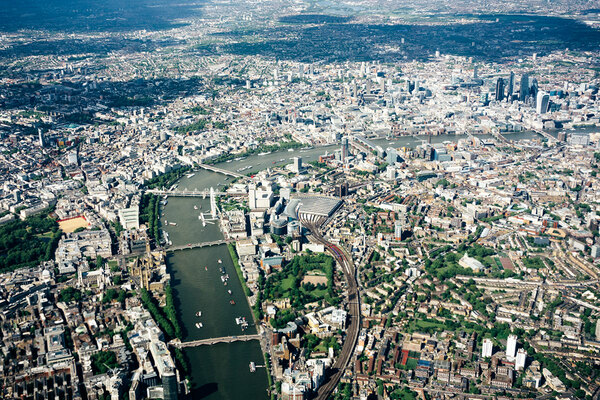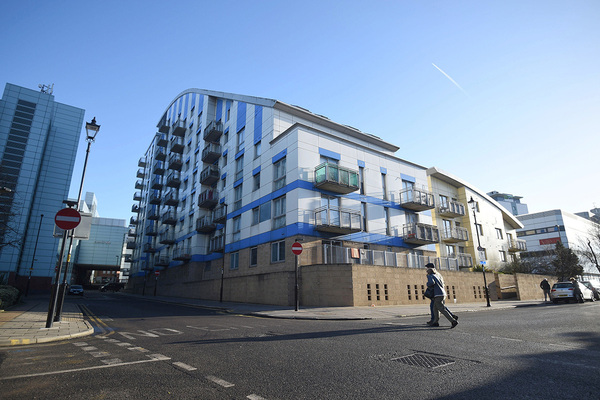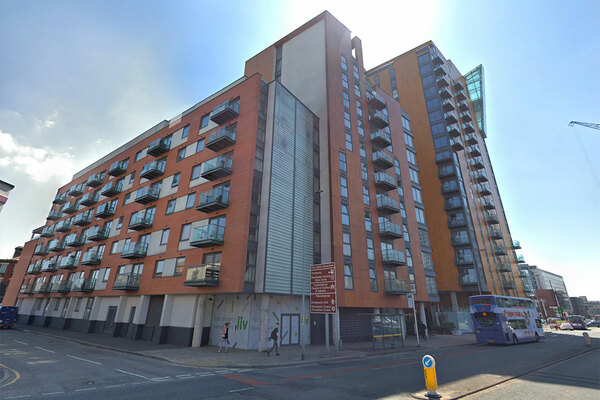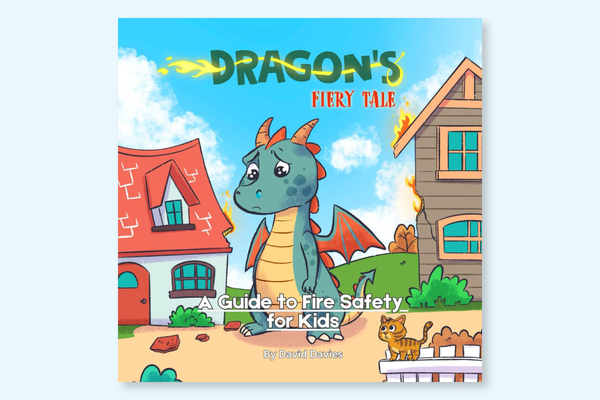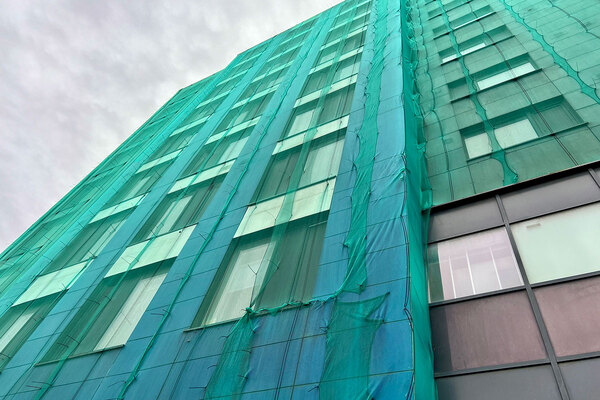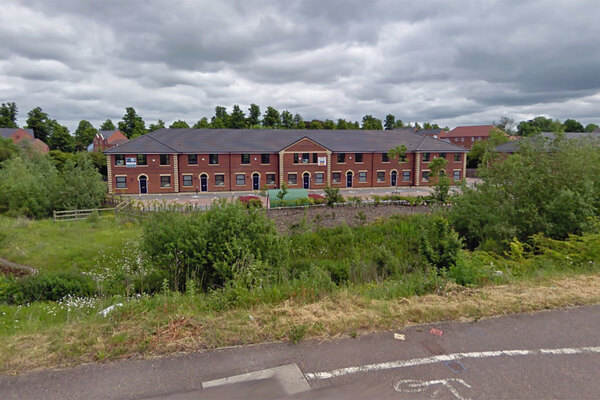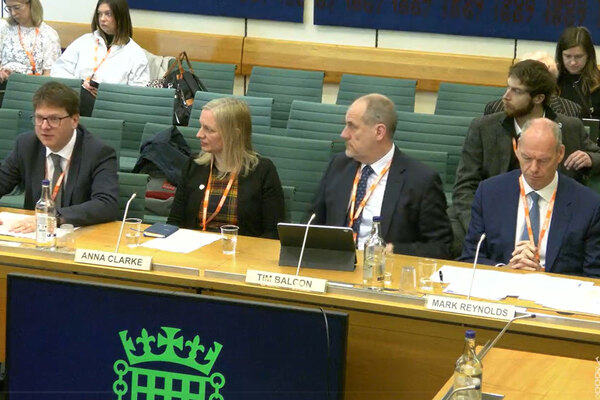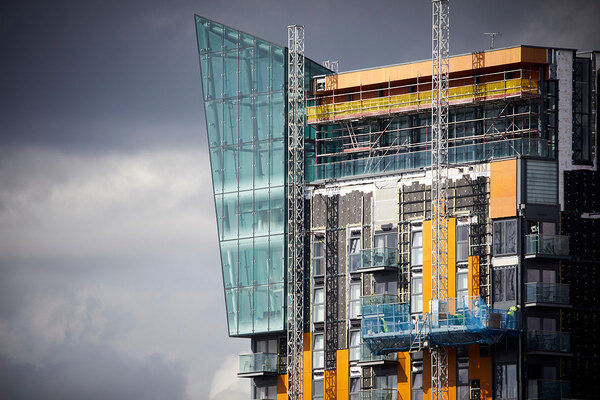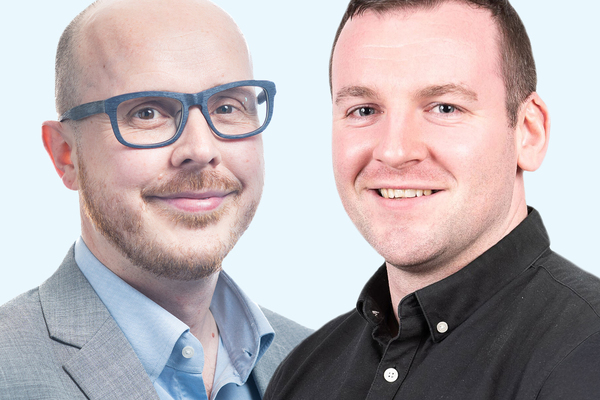Fact check: how many people live in buildings with dangerous cladding?
A widely cited figure of 56,000 underestimates how many people live in dangerous buildings. What is the real figure, asks Peter Apps
Short answer: There is no way of calculating the overall number of people impacted by the country’s building safety crisis, but there are likely to be more than 600,000 in affected tall buildings and millions more in medium rise towers. A widely cited figure of 56,000 relates to those in high rises with aluminium composite material (ACM) cladding only.
Long answer: The building safety crisis, which has emerged since the Grenfell tragedy, is having an enormous effect on residents of high and medium-rise buildings up and down the country. This manifests itself in various ways and is not widely understood.
Official figures show there are currently 300 towers with ‘Grenfell-style’ cladding still awaiting work to make them safe.
These towers are estimated to contain up to 23,600 flats. Ahead of the third anniversary of the Grenfell Tower fire, the Labour Party estimated that this would account for 56,640 residents. This was obtained simply by multiplying the number of flats by the average household size of 2.4.
But this is only the very tip of the iceberg.
First, it accounts for only those towers that have a dangerous ACM cladding system. There are dozens of other systems known to be dangerous including, but not limited to, some timber, high-pressure laminate and polystyrene cladding and insulation systems.
Residents of these buildings face comparable fire risks and are far more likely to be burdened with the cost of removal work as government funding will only cover removal work on a limited number of these buildings.
But we do not have a figure for how many of these towers there are. The government has cited a very loose estimate of 1,700 buildings, but it is not clear where this figure comes from.
It may be from analysis carried out by insulation manufacturer Rockwool, which suggested that 1,678 “high-rise or high-risk” buildings use combustible materials on their facades. Or it may be based on preliminary results from the work councils are doing to establish the nature of cladding materials used on buildings in their areas (this should have been completed in March, but with funding and inspection powers limited, it has stalled).
Should it prove to be the Rockwool analysis, it is worth emphasising that this was based on construction data from 2013 to 2018 only, which caused the firm to cavaet the number by saying "the number of projects will be much greater than outlined here".
However, using the 1,700 figure as a baseline estimate, and assuming the same average people per building as the ACM towers, there would be 320,960 people living in these buildings and a total of 377,600 living in high rises with dangerous cladding. To put this in context, if this was the population size of a city, it would be the 14th largest in the UK – bigger than Coventry, Swansea and Belfast.
But a better estimate is the one used by the Association of Residential Managing Agents (ARMA), who estimate more than 500,000 people are effected.
This was based on a survey of its members which revealed 25% of the buildings they own with more than 50 units had problematic cladding. Scaled up across the stock owned by its members, they estimated 274,000 flats were in homes with dangerous cladding.
Using the average for household size of 2.4, this would account for 657,000 people.
These figures also only cover England. While different building guidance is thought to have produced less problematic outcomes in other UK nations, there are still many towers which will require work across these nations – adding hundreds of thousands more to the overall number of residents across the UK.
But this is still not the end of the story.
So far we have only been talking about buildings above 18m. But the threat is just as real in medium-rise buildings.
There are an estimated 100,000 medium-rise buildings – between 11m and 18m – across the UK and no work whatsoever has been done to establish the extent of dangerous cladding materials on the outside.
It is likely to be high. The pre-Grenfell building guidance imposed almost no limits on the kind of materials which could be used on these blocks, creating what experts have referred to as a “wild west”.
Both the Barking Riverside fire in June last year and the Bolton fire in last November occurred in buildings below 18m with dangerous cladding systems, and both came very close to causing loss of life.
Even at a very conservative estimate of just 10% of these buildings being affected, you would likely have upwards of half a million people living in medium-rise buildings with dangerous systems on their walls – in addition to up 650,000 in high rises. But still, this is not the end of the story.
The cladding crisis has evolved in such a way that even residents who do not have dangerous systems on their walls are impacted. This is because many mortgage lenders will not lend on a flat until they are satisfied that the facade is safe – something which must be demonstrated through the completion of an ‘EWS1’ form by a fire expert.
For a variety of reasons, these forms are difficult and sometimes impossible to obtain. This means a whole slew of people living in high and medium-rise buildings cannot sell their homes. This effectively leaves them trapped – and effectively stops them from taking jobs, starting families, changing schools or anything else which requires a house move.
Last year it was estimated that some 600,000 residents of high rises were affected by this problem (equivalent to the entire population of Glasgow), but in recent months those in buildings below 18m have been impacted as well. Nobody knows how many are caught, but the figure will undoubtedly reach into the millions.
This may still not be the end of the story. We have not considered buildings with defective fire doors, issues with internal compartmentation or other construction defects which render them unsafe or may require expensive repair work with the bill falling on residents.
In the final analysis, almost everyone who lives in a high or medium-rise building may be affected by this crisis in some way.

